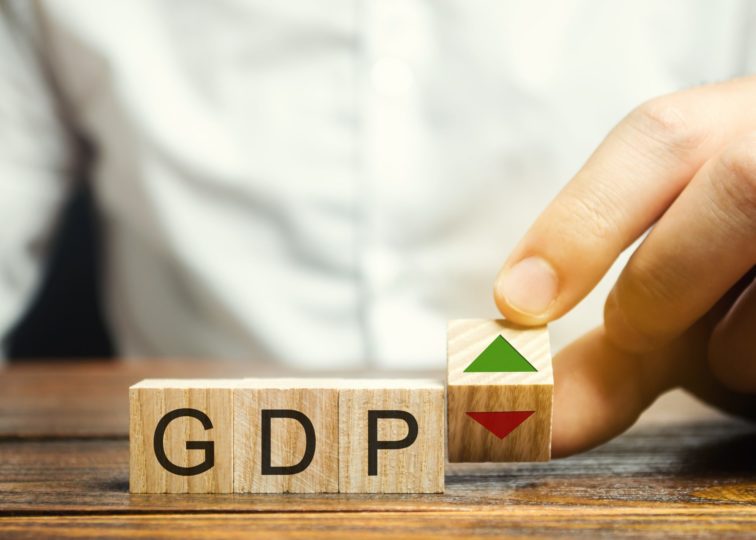
Blog
GDP Growth Falls Well Below Expectations in First Quarter
April 25, 2024
U.S. economic growth got off to a weaker-than-expected start in 2024, even as prices continued to climb, according to the Commerce Department’s report on gross domestic product (GDP) in the first quarter.
GDP, a broad measure of overall economic activity, grew at a seasonally adjusted, annualized rate of 1.6% during the period between January and March, according to the Commerce Department’s Bureau of Economic Analysis.
That is well below the 2.4% growth that Wall Street had been anticipating and is a marked slowdown from a gain of 3.4% in the fourth quarter of last year and 4.9% in the previous quarter.
Consumer spending contributed the biggest boost to economic growth, increasing 2.5% during the quarter, but again that number represented a disappointment when compared to the 3% gain that Wall Street had been anticipating, and a slowdown when compared to the 3.3% growth seen during the previous quarter. Along with consumer spending, fixed investments and government spending at the state and local level helped keep GDP growth positive, despite declining private inventory investments and an increase in exports. The gulf between imports and exports, also known as the trade deficit, subtracted 0.86 percentage points from the growth rate.
The report also suggests that we may see the economy continue to slow in coming quarters as consumers struggle. The personal savings rate decelerated in the first quarter, as did income. Spending patterns showed increased reticence on the part of consumers making big-ticket purchases, with durable goods sales sliding 1.2% during the quarter.
In addition to slowing growth, the report also contained bad news on the inflation front. The personal consumption expenditures (PCE) index, which is the Federal Reserve’s preferred inflation gauge, rose at an annualized pace of 3.7% during the quarter. That is the biggest gain in a year, up substantially from the 1.8% gain seen during the fourth quarter.
The report comes with markets on edge about when the Fed will begin cutting interest rates, which have been raised to the highest level in decades to fight inflation. The prospect of slowing economic growth and persistent inflation has caused investors to walk back their optimism over how accommodating the Fed would be. At the start of the year, traders were betting on there being as many as four interest rate cuts, with the first coming as soon as March. Now, following the release of the GDP report, the markets are betting on just one or two cuts that will not begin until September.
